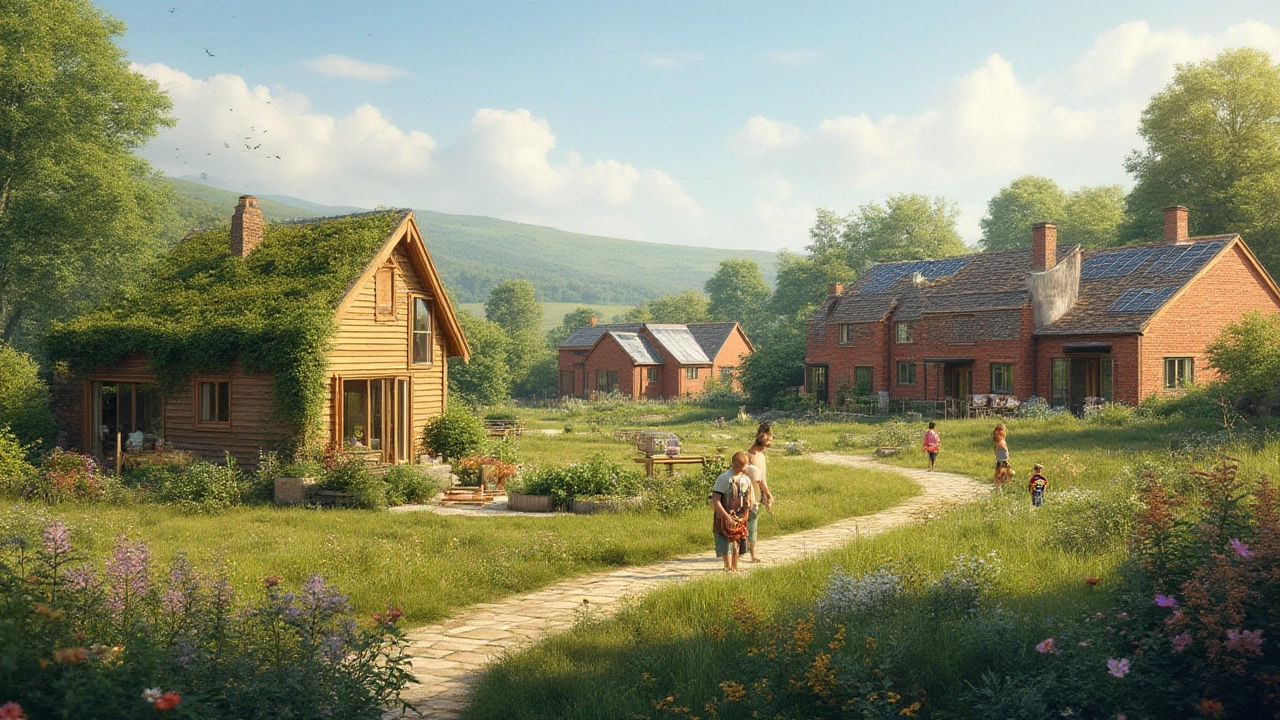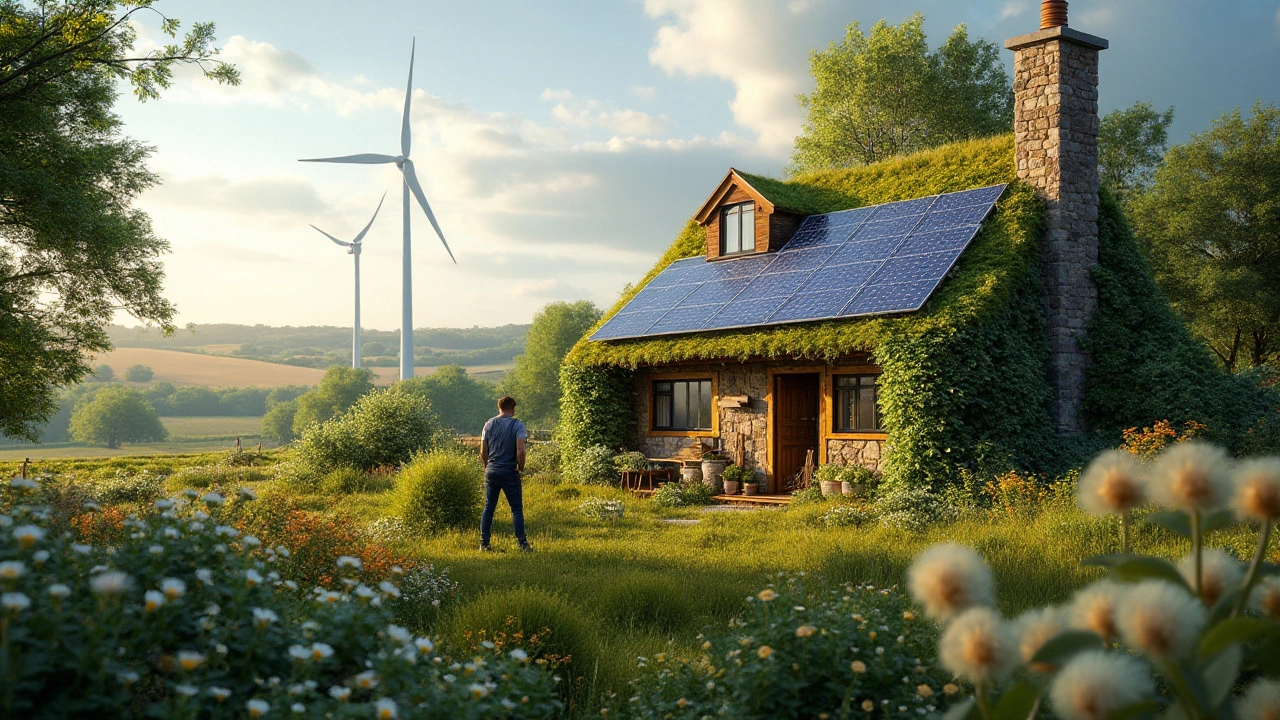
Green Architecture: Smart, Sustainable Building Ideas
If you’re tired of high energy bills and want a home that respects the planet, green architecture is the answer. It’s not about fancy gadgets; it’s about smart choices that lower costs and cut waste. Below you’ll find practical steps you can start using today, whether you’re building from scratch or retrofitting an existing place.
Why Green Architecture Matters
Traditional construction throws away a lot of resources and creates homes that leak air, waste heat, and need constant heating or cooling. A green‑focused design tackles those problems head‑on. By improving insulation, using renewable energy, and selecting low‑impact materials, you can reduce a house’s carbon footprint by up to 50 %.
Beyond the environment, green homes save money. Better insulation means the thermostat stays steady, and solar panels can offset electricity costs. Homeowners also enjoy healthier indoor air because you avoid toxic finishes and opt for natural ventilation.
Practical Ways to Build Green
1. Choose the right materials. Look for certified timber, recycled steel, or hempcrete instead of conventional concrete. These options require less energy to produce and often store carbon.
2. Insulate intelligently. Use spray‑foam or cellulose insulation in walls and attics. Seal gaps around windows and doors with weather‑stripping to stop drafts.
3. Harness renewable energy. Install photovoltaic panels on the roof or a small wind turbine if the site allows. Even a modest system can cover a big chunk of daily electricity use.
4. Install efficient fixtures. Low‑flow faucets, dual‑flush toilets, and LED lighting cut water and power consumption without sacrificing comfort.
5. Design for daylight. Position windows to capture natural light, reducing the need for artificial lighting. Skylights and light tubes can brighten deep rooms.
6. Plan for water management. Rainwater harvesting barrels and grey‑water recycling for gardens keep the household off the mains supply.
Each of these steps adds up. A homeowner who upgrades insulation, installs LEDs, and adds a small solar array can see a 20‑30 % drop in bills within the first year.
It’s also worth checking local grants or tax incentives. Many councils offer rebates for installing renewable systems or using eco‑friendly building methods, which can offset upfront costs.
When you’re selecting a builder, ask about their experience with passive house standards or BREEAM certification. Those frameworks guarantee a minimum level of performance and can guide the project from design to finish.
Remember, green architecture isn’t a one‑size‑fits‑all recipe. Your climate, budget, and site shape the best choices. Start by auditing your current home’s energy use, then prioritize the upgrades that give the biggest payoff.
By making these changes, you’ll create a space that feels comfortable, saves money, and respects the environment. Green architecture turns everyday living into a step forward for the planet—one sensible decision at a time.

